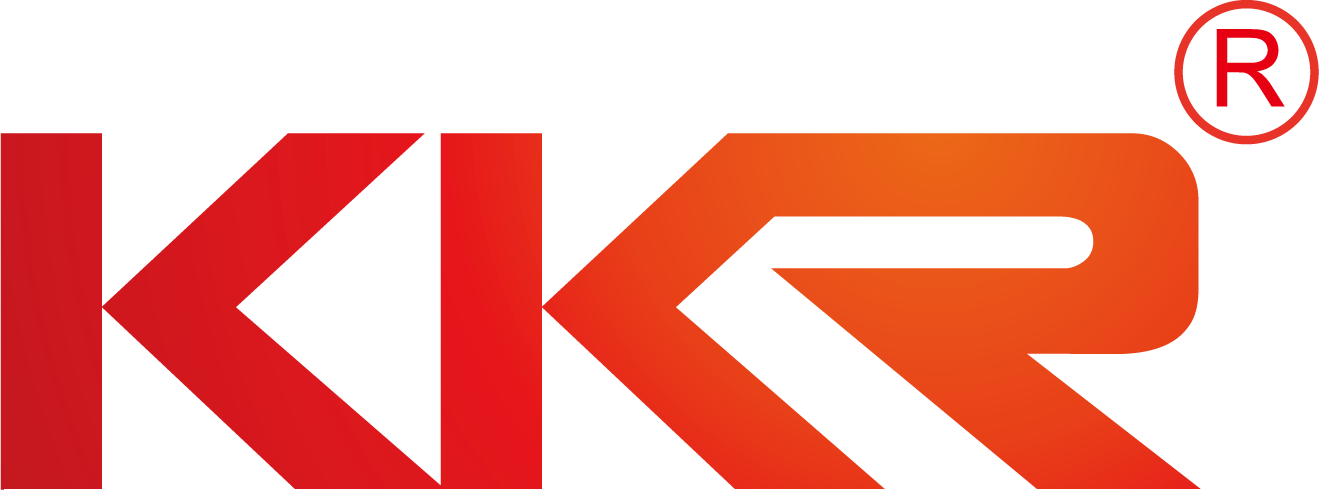 KingKonree - Solid Surface Manufacturer of Sanitary Ware, Solid Surface Countertops & Sheets for over 25 years, innovation in moulding and thermoforming
KingKonree - Solid Surface Manufacturer of Sanitary Ware, Solid Surface Countertops & Sheets for over 25 years, innovation in moulding and thermoforming
Artificial board (1)
This article is mandatory and must be strictly enforced. Artificial wood and veneered artificial wood used in civil construction projects are the main source of formaldehyde pollution in indoor environments. At present, most of the domestically produced plates use inexpensive urea-formaldehyde resin adhesives. These adhesives have low bonding strength, and excessive addition of formaldehyde can improve the bonding strength. In the past, because the national standard for artificial wood boards such as plywood and blockboard did not have a formaldehyde emission limit, many artificial wood board manufacturers used a low-cost method of adding formaldehyde to achieve the bonding strength. The relevant departments have conducted spot checks on artificial wood boards sold in the market and found that the amount of formaldehyde released exceeds that of European EMB industry standard A-class products by several times. Because formaldehyde release in artificial wood boards lasts for a long time and the release amount is large, it plays a decisive role in the excessive formaldehyde in the indoor environment. It is impossible to achieve indoor formaldehyde concentration compliance if the material is not strictly controlled. Therefore, the free formaldehyde content or release must be determined for ease of control and selection.
Company Info
Address:Room No. 2408-2508, Building 5A, Longguang Jiuzuan, Longhua District, Shenzhen, China
Zip Code: 518131
Tel: +86 (0)755-82875700
Fax: +86 (0)755-82875921

